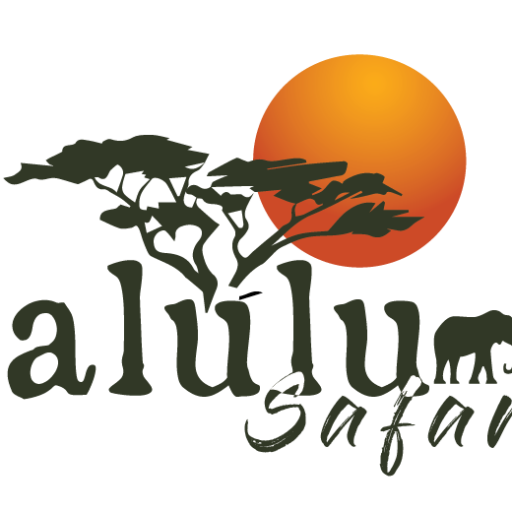Tanzania must be one of the best places in the world for photographers. Tanzania is now a very popular place for photographers to visit, thanks to its snow-capped mountain tops, “Big Five” safaris, and beautiful tropical islands.
From the plains of the Serengeti and the steep sides of Ngorongoro Crater to the flamingos of Lake Manyara and the giant elephants of Tarangire, from idyllic Zanzibar and traditional Pemba to the wild landscapes of Ruaha, Katavi, and Stiegler’s Gorge in the Selous, Tanzania has a long list of iconic places to take photos. Mahale Mountains, with its used-to-people chimpanzees and location near Lake Tanganyika, is another unique place to take photos. The country’s many mountains and volcanoes, from the world-famous Kilimanjaro to the restless Ol Doinyo Lengai volcano, make photographers salivate at the thought of going there.
It’s ideal to accomplish photography from the comfort of your own vehicle, or at least with a group of people who share your enthusiasm for getting up early and returning late. You can get the best shots on a photographic safari if you drive the vehicle yourself. In terms of vehicle positioning, getting the light just perfect, and not wanting to head back to the lodge or camp just because it’s breakfast time, having a guide who is a photographer and who has escorted photographers before makes a huge difference. If you can swing it, it’s best to reserve a private vehicle for you and your fellow photographers so that you can control your own schedule and avoid any potential conflicts of interest. Exploring and photographing on foot and at your own leisure is much simpler outside of parks and game reserves, where dangerous species and safety are less of a worry.
Dust is a big problem on safari, so it’s a good idea to bring multiple camera bodies with different lenses. This way, you won’t have to change lenses, which can let dust into the camera. Have a lot of extra memory cards, batteries, and a sun charger. It’s hard to charge batteries halfway up a volcano, so this is a great piece of gear to bring along.
Probably the biggest and hardest decision you will have to make is when to go on your photographic vacation. On the one hand, the late dry season is a great time to see wildlife and cross the Mara River, but it is also very smoky and dusty, and the scenery is dull brown and grey. During the green season, when the bush comes back to life after the rains, there is a lot of color, and the brightness after the rains is second to none. On the other hand, wildlife tends to spread out, making it harder to see good things. This is the time of year to focus on taking pictures of landscapes and birds.

